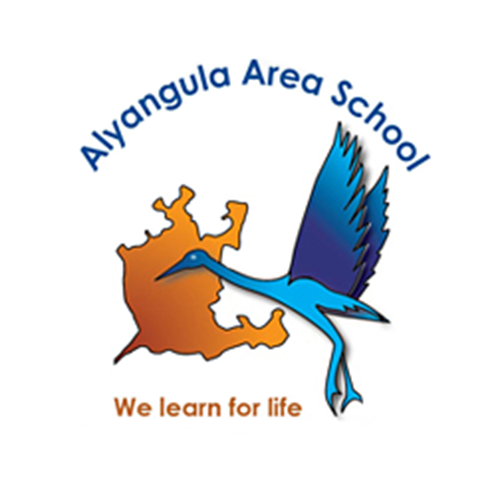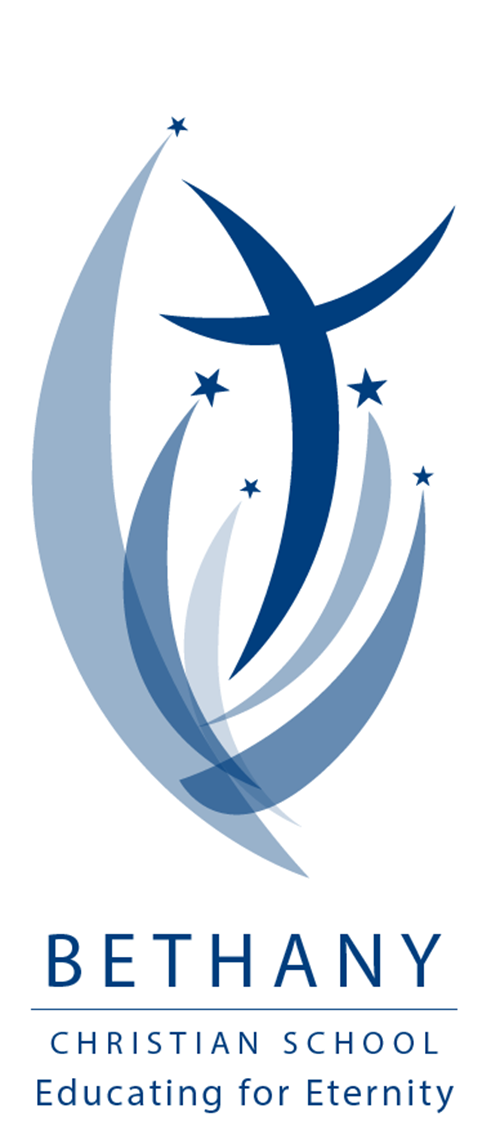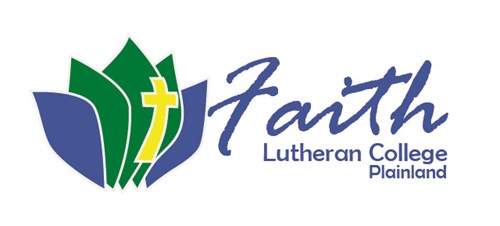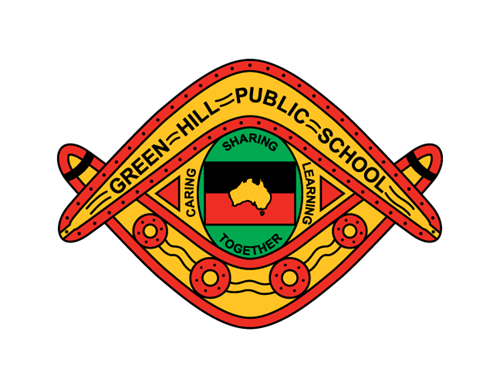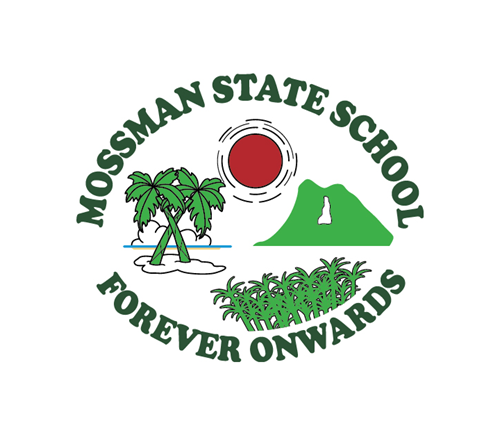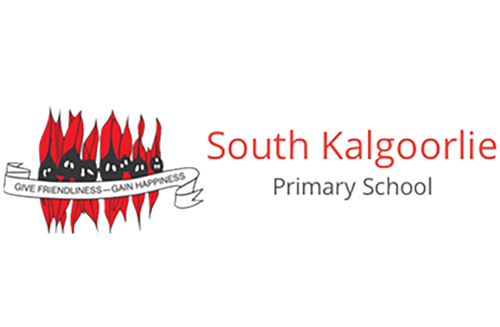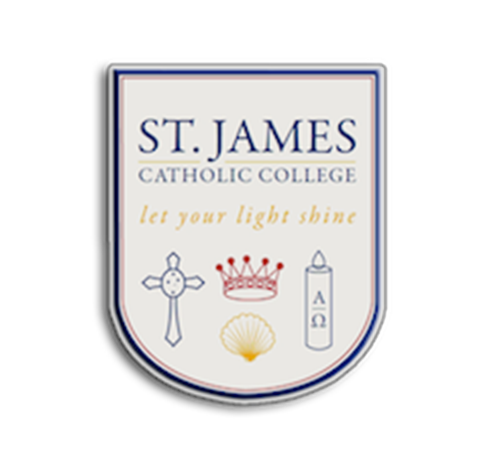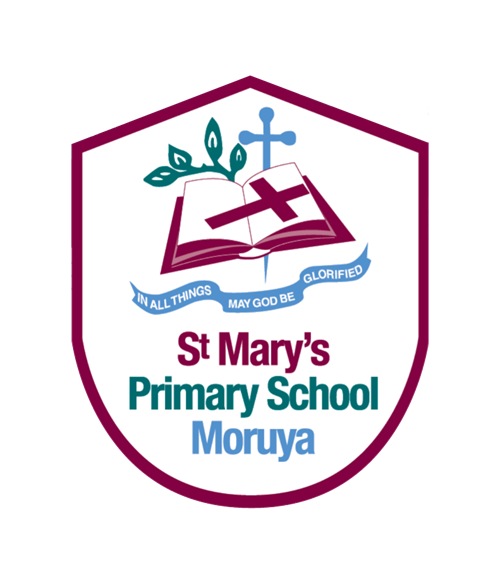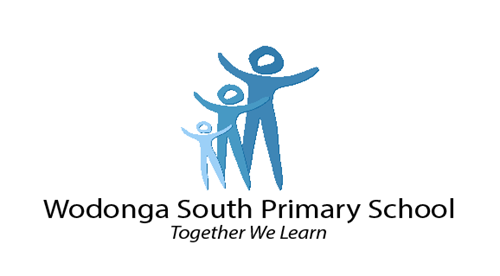STEM illustrations of practice (IoP) featuring DTiF schools have been published on the STEM page:
St Stephen’s Catholic Primary School is located in Reservoir, Victoria on the Traditional Lands of the Wurundjeri People of the Kulin Nation. The focus of their Years 1–2 STEM Connections IoP was a culminating task after a unit of work exploring endangered animals. The aim was to have the students demonstrating their scientific knowledge through the design and engineering of an interactive display.
Drummond Memorial Public School
Drummond Memorial Public School is located in Armidale, New South Wales on the Traditional Lands of the Nganyaywana People and Anaiwan People. The focus of their Years 5–6 STEM Connections IoP was building teacher capacity through a literacy-based STEM initiative. Students investigated engineering themes through a novel study and designed and built their own model wind turbines. They tested the efficiency of their wind turbines by collecting and analysing data through the use of micro:bits.
Mandurama Public School is located in Mandurama, New South Wales on the Traditional Lands of the Wiradjuri People. Mandurama Public School is a multi-age school from K–6, with the focus of their STEM Connections IoP centring around food and fibre production through the use of a smart garden. To determine the success of each growing season, students compared wicking and non-wicking garden beds to identify which was better for plant survival. Students used micro:bits to measure current to indicate whether the garden beds were wet or dry. They compared data from each bed to determine which garden bed design was better for growing plants in their region.
Walcha Central Public School is located in Walcha, New South Wales on the Traditional Lands of the Dhungutti People. The focus of their Years 5–6 STEM Connections IoP was an integrated learning approach to a food and fibre production unit. Students investigated and designed materials for cladding a greenhouse, built models and used micro:bits to test their designs by measuring temperature data inside and outside the greenhouse models.
First Nations communities of Australia maintain a deep connection to, and responsibility for, Country/Place and have holistic belief systems that are connected to the land, sea, sky and waterways. They have sophisticated political, economic, and social organisation systems, which include family and kinship structures, laws, traditions, customs, land tenure systems and protocols for strong governance and authority. First Nations Australians’ ways of life reflect unique ways of being, knowing, thinking and doing.
Through Digital Technologies students can gain insights into how First Nations Australian Peoples are often at the forefront of adopting digital systems. Students can explore how many First Nations Australian communities are embracing digital tools to maintain, control, protect and further develop culture through the digitisation of cultural expressions. The Aboriginal and Torres Strait Islander Histories and Cultures priority provides opportunities for all students to deepen their knowledge of Australia by engaging with the world’s oldest continuous living cultures.
These snapshots are from DTiF project schools that participated in rich cultural experiences with their students through the Cross-curriculum Priority of Aboriginal and Torres Strait Islander Histories and Cultures and created connections to the Australian Curriculum: Digital Technologies for their students through language, with community, on Country and through culture. For more information on curriculum connections for these snapshots, please contact the Curriculum specialist, Technologies.
 |
Snapshot 1 – Connection through language Description: These snapshots detail ways DTiF schools incorporated storytelling through visual programming. The first 2 snapshots show what can be achieved with Scratch Jr. The examples show what schools and curriculum officers did with students to teach English with non-Indigenous story contexts. The third snapshot details a whole-school bilingual approach to digital storytelling including the use of Scratch and Minecraft. Keywords: Cross-curriculum priority – Aboriginal and Torres Strait Islander Histories and Cultures, literacy, computational thinking, visual programming |
 |
Snapshot 2 – Connection through community Description: These snapshots detail ways DTiF schools rely on the expertise of Australian First Nations Peoples education assistants. The first snapshot shows the valuable way in which education assistants in 3 DTiF schools are supporting student learning, particularly as the students learn new ways of incorporating Digital Technologies through literacy. The second snapshot focuses on the importance of community. Keywords: Cross-curriculum priority – Aboriginal and Torres Strait Islander Histories and Cultures, literacy, personal and social capability, intercultural understanding |
 |
Snapshot 3 – Connection to Country Description: These snapshots detail ways DTiF schools incorporated Digital Technologies in on-Country learning. The first snapshot looks at how on-Country learning was embraced through Leonora District High School’s involvement in CSIRO’s Two-way Science program and how it helped create a stronger link between the school and community. The second snapshot looks at how staff at Jabiru Area school used Scratch programming with their students to create interactive tours of Kakadu for visiting students. Through their project, teachers were able to explore the design process with students and helped them apply a growth mindset when learning to program computers. Keywords: Cross-curriculum priority – Aboriginal and Torres Strait Islander Histories and Cultures, literacy, language, Country, visual programming, personal and social capability, intercultural understanding |
 |
Snapshot 4 – Connection through culture Description: These snapshots detail ways DTiF schools incorporated Digital Technologies into learning activities in culturally accessible ways. The first snapshot shares how Green Hill Public School strengthened numeracy learning through computational thinking activities and whole-body movement. The second snapshot looks at how Shepherdson College used Minecraft to motivate students to learn the computer login process and improve personal and social capability through collaborative learning. Keywords: Cross-curriculum priority – Aboriginal and Torres Strait Islander Histories and Cultures, numeracy, language, computational thinking, visual programming, personal and social capability, intercultural understanding |
 |
Casino West Public School reflects on learning during the DTiF projectCasino West Public School is a small school on Bundjalung Country in New South Wales that is doing mighty things with Digital Technologies. Dee Taylor, ICT Lead and Stage 2 teacher, and Margie Savins, Stage 2 teacher, have led the school on a journey of discovery and rich learning since they joined the Digital Technologies in focus project in 2017. They began with a focus on improving creative and critical thinking with their Years 3 and 4 students, but soon recognised that the whole school was watching and was eager to participate. Dee upskilled teachers by providing frequent professional learning. The school timetabled regular Digital Technologies lessons that involved all staff. As a result, teachers soon began using digital technologies in their own classrooms more often. Year 2 teacher, Karen Campbell, was excited by the possibilities for enhancing literacy with her students. |
